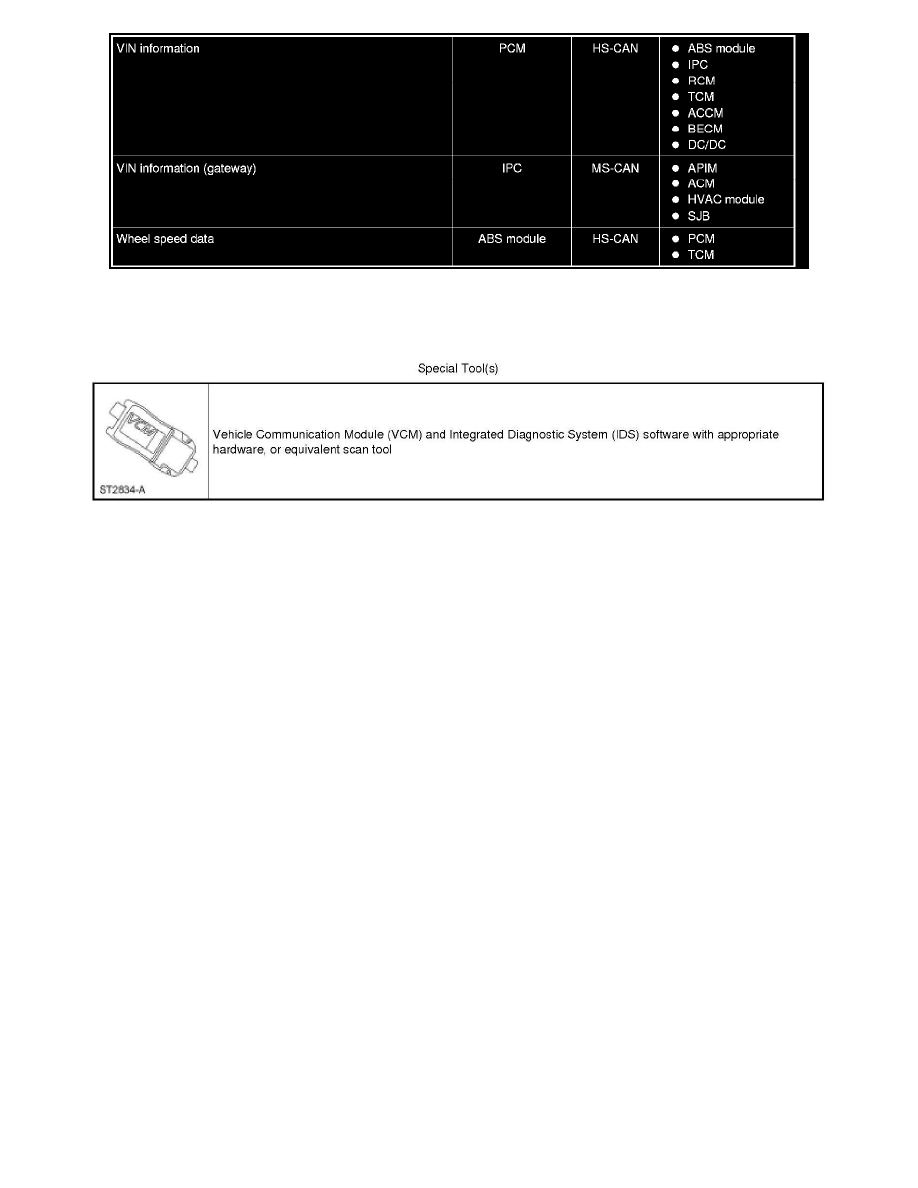Milan FWD V6-3.0L (2010)

Special Tools Used With Diagnostics
Module Configuration
Inspection and Verification
Module Configuration
Inspection and Verification
This provides step-by-step module configuration procedures. Carry out the Programmable Module Installation (PMI) procedure when another
diagnostic/repair information directs to carry out configuration or when DTCs from the below list are present: See: Programming and Relearning
Principles Of Operation
Module Configuration
Principles of Operation
Configurable modules accommodate a variety of vehicle options, eliminating the need for many unique modules for one vehicle line. These modules
must be configured when replaced as part of a repair procedure. Configurable modules should not be exchanged between vehicles since the settings are
unique to each vehicle. Failure to configure a new module may result in improper operation and/or DTCs setting.
The 3 different methods of configuration are:
-
Programmable Module Installation (PMI)
-
Module reprogramming ("flashing")
-
Programmable parameters
Some modules do not support all 3 methods.
Definition of Terms
The definitions of configuration terms are:
Programmable Module Installation (PMI)
PMI is a scan tool process which configures settings in a new module. Data used for the PMI process is automatically downloaded from the original
module and stored when a scan tool session is started. If this data cannot be retrieved from the module being replaced, the scan tool may prompt for
As-Built data entry or display a list of parameter values that need to be manually selected. Some modules are reprogrammed during PMI when a
strategy/calibration update is available. To carry out PMI , refer to Programmable Module Installation (PMI) See: Service and Repair.
